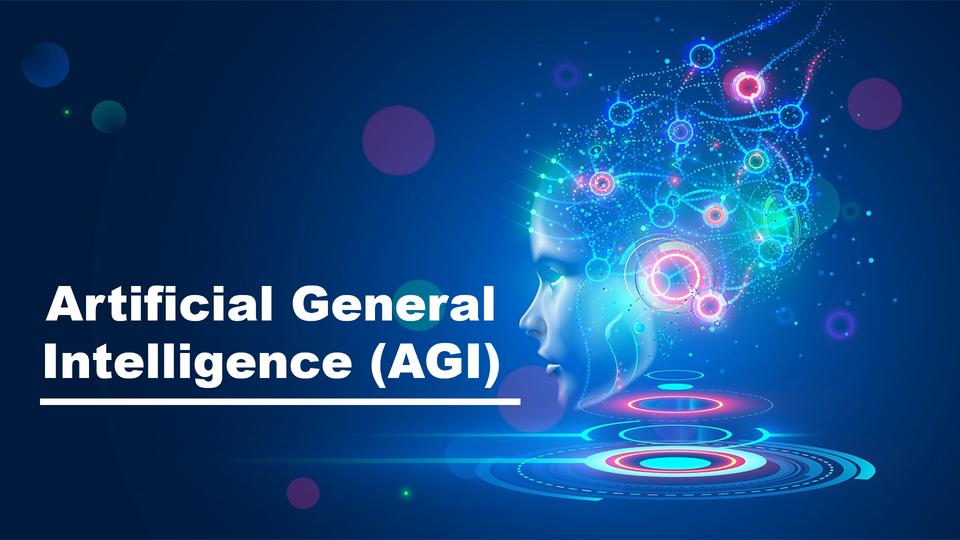Artificial General Intelligence (AGI)

By Cameron Hashemi-Pour, Site Editor
Ben Lutkevich, Technical Features Writer - 30 October, 2023.
DEFINITION - Artificial general intelligence (AGI)
Home Artificial intelligence platforms
Tech Accelerator
A guide to artificial intelligence in the enterprise
What is artificial general intelligence (AGI)?
Artificial general intelligence (AGI) is the representation of generalized human cognitive abilities in software so that, faced with an unfamiliar task, the AGI system could find a solution. The intention of an AGI system is to perform any task that a human being is capable of.
Definitions of AGI vary because experts from different fields define human intelligence from different perspectives. Computer scientists often define human intelligence in terms of being able to achieve goals. Psychologists, on the other hand, often define general intelligence in terms of adaptability or survival.
AGI is considered to be strong artificial intelligence (AI). Strong AI contrasts with weak or narrow AI, which is the application of artificial intelligence to specific tasks or problems. IBM's Watson supercomputer, expert systems and self-driving cars are examples of narrow AI.
What can artificial general intelligence do?
AGI in computer science is an intelligent system with comprehensive or complete knowledge and cognitive computing capabilities. As of publication, no true AGI systems exist; they remain the stuff of science fiction.
The theoretical performance of these systems would be indistinguishable from that of a human. However, the broad intellectual capacities of AGI would exceed human capacities because of its ability to access and process huge data sets at incredible speeds.
A guide to artificial intelligence in the enterprise
Which also includes:
The future of AI: What to expect in the next 5 years
Types of AI algorithms and how they work
10 top artificial intelligence certifications and courses for 2023
True AGI should be capable of executing human-level tasks and abilities that no existing computer can achieve. Today, AI can perform many tasks but not at the level of success that would categorize them as human or general intelligence.
An AGI system should have the following abilities and understanding:
Abstract thinking.
Background knowledge.
Common sense.
Cause and effect.
Transfer learning.
Practical examples of AGI capabilities include the following five:
Creativity. An AGI system would theoretically be able to read and comprehend human-generated code and improve it.
Sensory perception. AGI would excel at color recognition, which is a subjective kind of perception. It would also be able to perceive depth and three dimensions in static images.
Fine motor skills. An example of this includes grabbing a set of keys from a pocket, which involves a level of imaginative perception.
Natural language understanding (NLU). The meaning of human language is highly context-dependent. AGI systems would possess a level of intuition that would enable NLU.
Navigation. The existing Global Positioning System (GPS) can pinpoint a geographic location. Once fully developed, AGI would be able to project movement through physical spaces better than existing systems.
AI researchers also anticipate that AGI systems will possess higher-level capabilities, such as being able to do the following:
Handle various types of learning and learning algorithms.
Create fixed structures for all tasks.
Understand symbol systems.
Use different kinds of knowledge.
Understand belief systems.
Engage in metacognition and make use of metacognitive knowledge.
One concern about the development of AGI is that it would not be responsible AI despite its capability for abstract thought and metacognition.
AGI vs. AI: What's the difference?
Existing artificial intelligence capabilities are referred to as narrow AI when compared with artificial general intelligence. AGI is theoretical, whereas narrow AI is in practical use today.
AGI should theoretically be able to perform any task that a human can and exhibit a range of intelligence in different areas.
